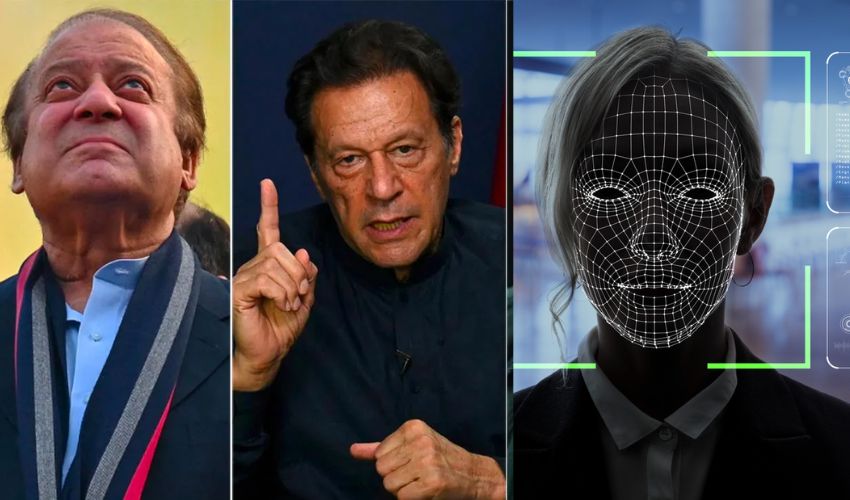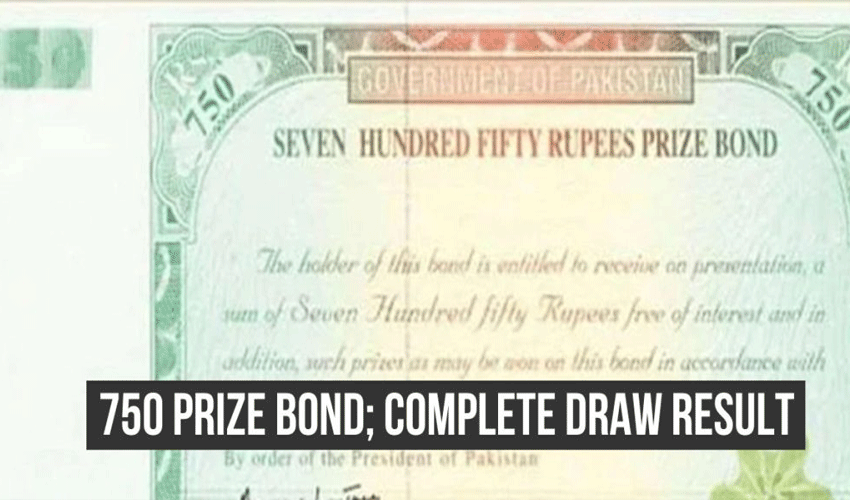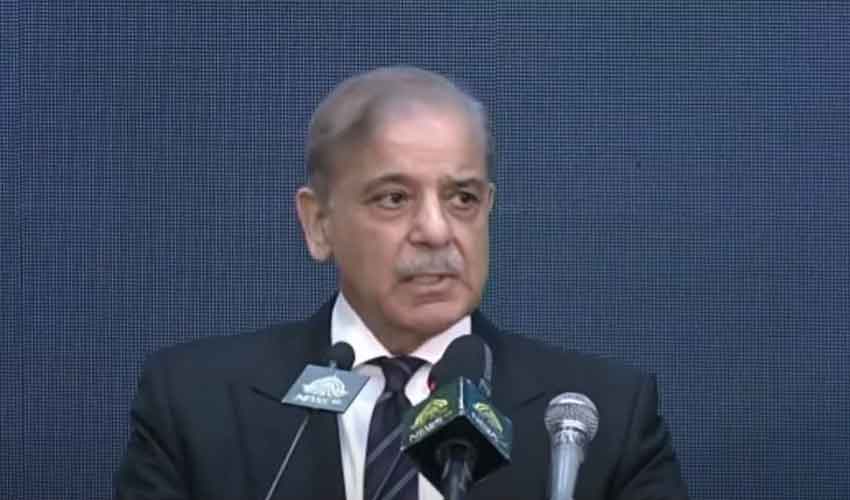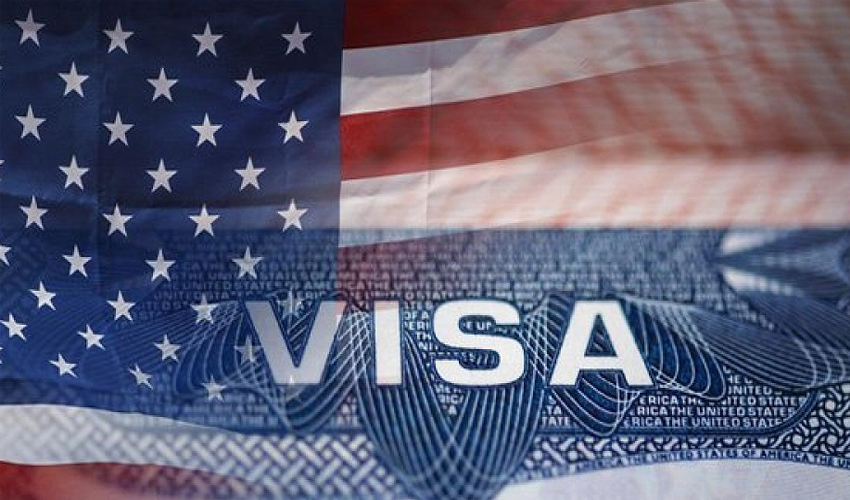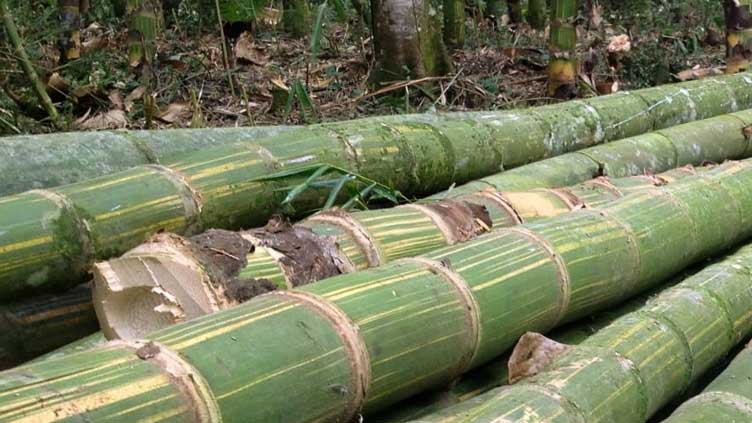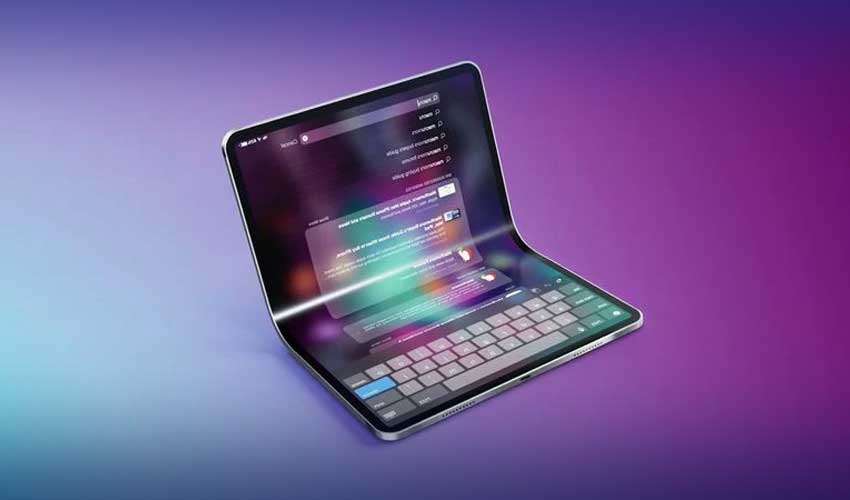Pakistan’s general elections 2024 were held amid the absence of internet services and mobile phone signals sparking concerning statements from global institutions including the U.S., the UK, the European Union (EU), and Amnesty International. Pakistan’s foreign office already rejected the global claims. Amid fears of fake news, disinformation, and misinformation during the elections, the online digital world witnessed politically motivated usage of Artificial Intelligence (AI) and deepfakes.
The usage of AI posed challenges to U.S. Elections held in 2016 and 2020, prompting the debate about the erosion of truth baseline on social media amid AI-generated fake news and deepfakes of politicians to dent the public discourse towards certain issues. US President fake robocall deepfake already fueled election disinformation fears. Other countries like Slovakian elections tapped AI deepfakes to spread disinformation and Taiwan’s deepfake fighters tackle alleged Chinese election interference.
Raja Bashara deep fake video ahead of polls day
PTI-backed independent candidate faced a unique challenge ahead of polling day when his deepfake video started circulating on social media platforms. In the deepfake video, could be seen announcing to give up politics.
آرٹیفیشل انٹیلیجنس کے ذریعے فیک ویڈیو پھیلائی جا رہی ہیں۔ میں حلقہ #NA55 سے تحریک انصاف کا اُمیدوار ہوں اور انشاللہ کل ہم یہ سیٹ بھاری لیڈ سے جیتیں گے۔
— Muhammad Basharat Raja (@RajaBasharatLAW) February 7, 2024
#ووٹ_قیدی_عمران_خان_کا pic.twitter.com/Um3uLRwEtM
He uploaded a clarification video that said: “Fake videos made via AI are being spread. I am the candidate of PTI official from NA-55 and Inshallah tomorrow we will win this seat with a huge lead.”
Layyah DC was 'pressurized' to change results
Layyah (DI Khan) Commissioner called the Layyah Deputy Commissioner and asked him to maneuver the results of the Layyah elections and allegedly DC Khalid Pervez refused to accept the results and switched off his mobile phone.
Layyah Deputy Commissioner in a video shared on social media platforms refused the allegations and denied the misinformation broke by senior journalists on national television.
Journalist Fakhar Durrani posted a video on X, formerly known as Twitter, an explanation video and said the bureaucrat denied allegations leveled against him.
PTI founder boycotts elections deepfake video
A deepfake audio of the Pakistan Tehreek-e-Insaf (PTI) founder Imran Khan was also taking rounds on the social media in which he announced to boycott of the elections. Contrary to the fact, he did not record any audio and it was AI-generated deepfake audio in a bid to dent the public discourse and narrative about casting votes on polling Day— February 8.
PTI official X handle tweeted the video and clarified that the PTI founder Imran Khan and part of the propaganda did not state this.
Imran Khan's message regarding election boycott was released pic.twitter.com/J6cRwq46W9
— Mahreen 🌙 (@iM_mahreen) February 8, 2024
Naeem Haider Panjutha’s deepfake video
Spokesman to Imran Khan on legal affairs, Naeem Haider Panjutha’s deepfake video was also circulated on the night ahead of polling day wherein he was urging PTI voters to support the party narrative and should not cast their vote on Feb 8. Contrary to this fact, Panjutha has not posted any video or recorded any video so far.
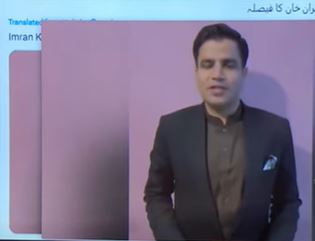
Fake news about Rana Atif NA - 101
A unique style of fake news was taking rounds on digital platforms and in WhatsApp groups wherein an impersonated video of PTI-backed independent candidate Rana Atif was claiming to join the PMLN as soon he arrived in Lahore.
Soon after the view went viral, Rana Atif posted a clarification video on his Facebook and TikTok accounts and vowed to remain loyal to his party.
This is Rana Atif not whoever this guy is claiming to be pic.twitter.com/xj7YBk8M0e https://t.co/ZjmB87nAtC
— 🏏 (@hranjha92) February 11, 2024
What is a deepfake and how to detect it?
In simple words, Deepfakes are AI-generated completely new videos or audio to convince the viewer or listener that someone said or acted something they never actually did. So, the deepfakes have nothing to do with the reality and are completely fake content.
According to synthesia.com, deepfake technology is based on deep learning, which is a branch of machine learning that uses algorithms to learn from data. Deepfakes are used for disinformation — to knowingly spread untrue information to influence public opinion.
As per experts, you can detect deepfake video by noticing several flashes, face, and body gestures, video length, video sound inside the mouth blur, lighting in video that might look unnatural, details that seem blurry or obscure, and noticing words or sounds do not match up with the visuals.
Must Read:
Results of Balochistan Assembly





